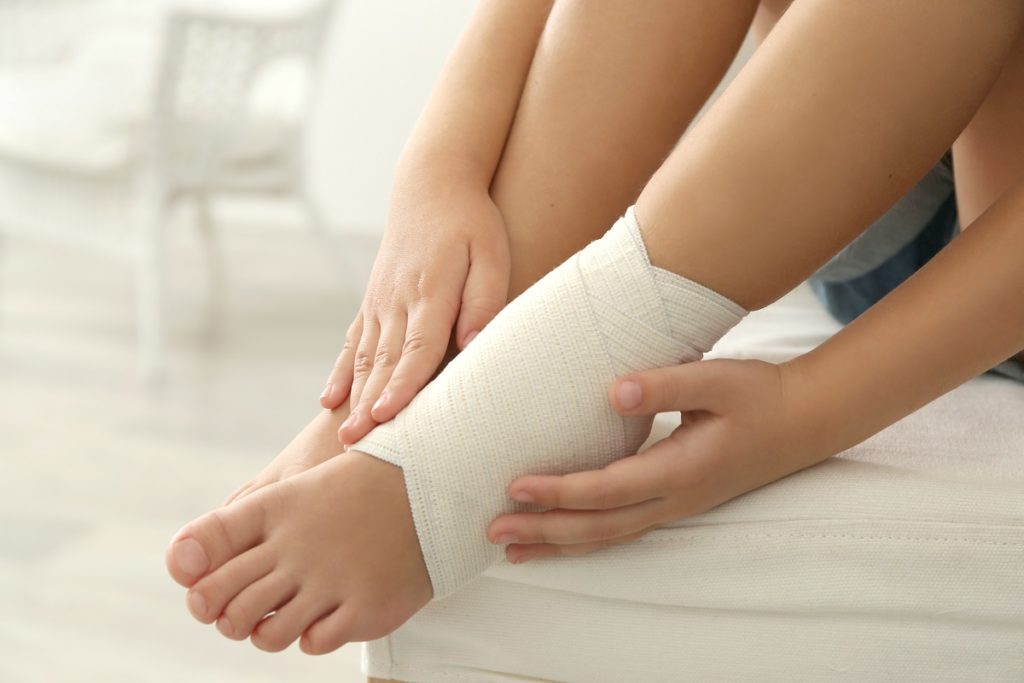Ankle sprains are among the most annoying and most common injuries. All it takes is one misstep and boom; you’re out of commission for a few weeks. Anyone can be a victim, from athletes and couch potatoes to workers who do brick engraving for a living because of the time they spend on their feet. Immediate first aid has to be applied to decrease the swelling and pain, protecting the stretched and torn ligaments from further damage. The classic RICE treatment (rest, ice, compression, and elevation) is critical for the first 24-48 hours. Hot showers and hot packs should also be avoided which can increase swelling, lengthening recovery time.
Regardless of severity, ankle sprains can be frustrating especially when you’re chasing after a fitness goal. This roadblock creates a lull in your exercise routine which can make you lose your progress and even put you back in square one, affecting your self-esteem and motivation to continue after the injury is gone.
It might be tempting to trade your weights for snacks and lounge on the couch feeling unmotivated, but an ankle sprain shouldn’t keep you from working out. In fact, rehabilitation exercises help ensure the ankle heals completely with fewer chances of re-injury. You can also shift focus on other parts of the body while keeping most of your weight off the injured foot with these exercises:
Swimming
Thanks to the buoyancy of water, swimming is a no-impact way to continue your cardio workouts without putting any pressure or strain on your injured ankle. Joints are protected from any stress unlike in running and jumping activities. This is because the body is lighter when submerged in water, bearing only 10% of its weight and the water handling the other 90%. If you’re still worried, a flotation device or pool buoy can give extra protection to your ankle while doing swim strokes.
Push-Ups
Not even a sprained ankle can excuse you from doing 10 repetitions of push-ups. From a high plank position, you can keep your injured foot tucked behind the opposite ankle while bending your elbows until your chin gently taps the ground and pushing up in one strong motion. Alternatively, you can adopt a kneeling position and have both feet up in the air while doing push-ups. Make sure your back is straight and your core is tight for the proper form.
Flutter Kicks
Flutter kicks are another great floor exercise that focuses on strengthening the core and the legs. You can lie on your back with your legs pointed straight and slowly lift them off the ground a few inches. Flutter your feet up and down with small and controlled movements, almost like you would kick while swimming. If you feel some pain when pointing your injured foot, just keep it comfortably flexed while doing the exercise.
Seated Arm Workouts

While jumping jacks, heel kicks, and lunges are off the table, exercises that strengthen arm muscles can be a substitute. Grab some weights or a kettlebell and do some shoulder presses or triceps extensions. Be sure to keep a proper sitting posture while keeping movements controlled for maximum effort. You can even do chest squeezes, rows, arm circles, or biceps curls as more options for seated arm workouts.
An ankle injury may change up one’s fitness routine, but it can’t and shouldn’t derail a committed and resilient individual. Make use of low impact workouts and other uninjured parts of the body but don’t forget to check with your doctor for an extra measure of safety.

